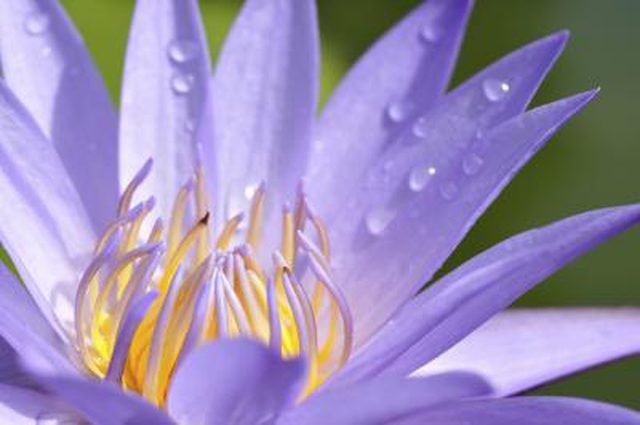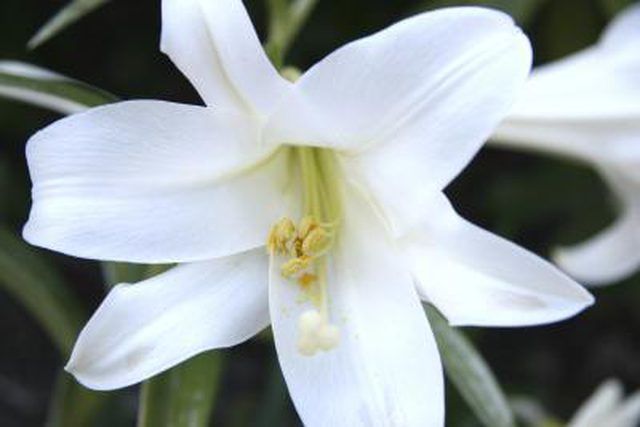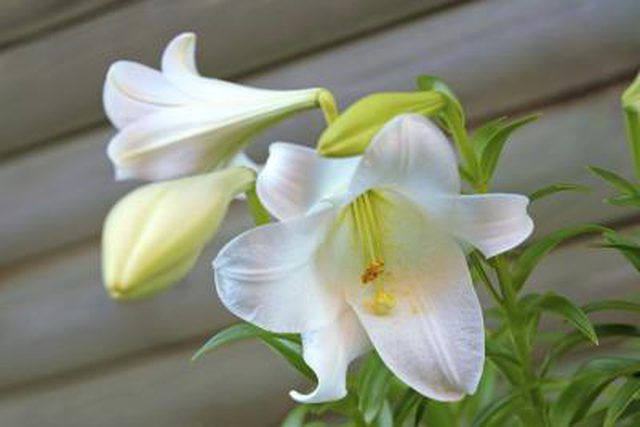Bulbs
Flower Basics
Flower Beds & Specialty Gardens
Flower Garden
Garden Furniture
Garden Gnomes
Garden Seeds
Garden Sheds
Garden Statues
Garden Tools & Supplies
Gardening Basics
Green & Organic
Groundcovers & Vines
Growing Annuals
Growing Basil
Growing Beans
Growing Berries
Growing Blueberries
Growing Cactus
Growing Corn
Growing Cotton
Growing Edibles
Growing Flowers
Growing Garlic
Growing Grapes
Growing Grass
Growing Herbs
Growing Jasmine
Growing Mint
Growing Mushrooms
Orchids
Growing Peanuts
Growing Perennials
Growing Plants
Growing Rosemary
Growing Roses
Growing Strawberries
Growing Sunflowers
Growing Thyme
Growing Tomatoes
Growing Tulips
Growing Vegetables
Herb Basics
Herb Garden
Indoor Growing
Landscaping Basics
Landscaping Patios
Landscaping Plants
Landscaping Shrubs
Landscaping Trees
Landscaping Walks & Pathways
Lawn Basics
Lawn Maintenance
Lawn Mowers
Lawn Ornaments
Lawn Planting
Lawn Tools
Outdoor Growing
Overall Landscape Planning
Pests, Weeds & Problems
Plant Basics
Rock Garden
Rose Garden
Shrubs
Soil
Specialty Gardens
Trees
Vegetable Garden
Yard Maintenance
How to Care for an Indoor Lily
How to Care for an Indoor Lily. Although they are not difficult to keep, an indoor lily does require a little bit of extra attention in order to thrive. A place with just enough light, proper moisture and regular fertilizing are critical for an indoor lily, but it pays dividends with striking foliage, beautiful flowers and air purification. While...
Although they are not difficult to keep, an indoor lily does require a little bit of extra attention in order to thrive. A place with just enough light, proper moisture and regular fertilizing are critical for an indoor lily, but it pays dividends with striking foliage, beautiful flowers and air purification. While there are several types of popular indoor lilies, such as Peace, Calla and Arum, the same basic care principles apply to all varieties.

Things You'll Need
Potting soil
Perlite
Indoor houseplant fertilizer
Scissors or small pruning shears
Step 1
Choose a location for your lily that is out of direct sun and not subject to frequent temperature changes. While an indoor lily will grow in low or artificial light, it will do best in a location with indirect sunlight. Also, look for a spot that is out of the way of drafts and stays fairly warm. Indoor lilies prefer temperatures that stay between 65 and 85 degrees F, without any rapid fluctuations.

Step 3
Water thoroughly, but allow the soil to nearly dry out between waterings. After watering, check the bottom of the pot to make sure water is draining and the lily is not sitting in soggy or over-saturated soil. Soggy conditions can kill an indoor lily. Also, make sure the water is at least room temperature and is not cold.

Step 4
Fertilize with a 20-20-20 liquid fertilizer designed for houseplants every three months during the winter and every two weeks during the summer for optimum blooms. If your plant is not ready to flower, or you prefer fewer blooms, fertilize once a month year-round. If leaves begin turning brown, reduce the amount of fertilizer.

Step 5
Remove any dead or damaged leaves as they occur, as well as faded blooms, by cutting at the base of the stem. No other pruning is necessary.
